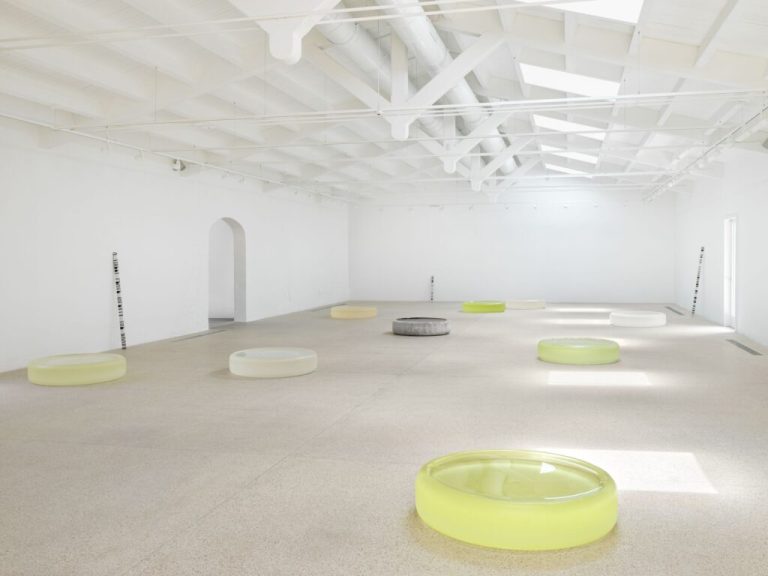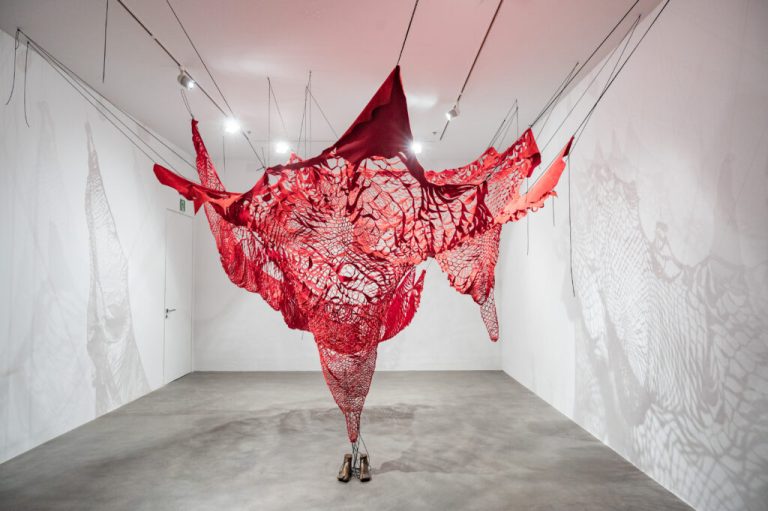Madrid,
Guillermo Martín Bermejo, who in the spring of 2023 premiered at the Fernández-Braso Gallery presenting pencil drawings on old papers under the influence of themes and atmospheres linked to literature, science or mysticism, would curate the new collective exhibition of this Madrid room: “The sustained will (A look at the new drawing in Spain)”.
It includes a dozen young, and very young, authors who work in our country around that genre, drawing, in which the majority of artists begin their training and their careers (in which all, in fact, we began to develop with our hands) and which is, in turn, the beginning, the first embodiment, of almost all plastic and spatial projects of complex realization. An early medium of expression, sometimes prior to the word, fragile in its support, it has received changing consideration over the centuries, given its usual preparatory and essayistic character in the past, but in the last decade it has garnered increasing attention, practically forgotten its former role subordinate to other techniques.
Martín Bermejo explains, in the catalog of the Fernández-Braso exhibition, that beyond the prevailing interdisciplinarity, for him an artist who does not know how to draw is not a complete artist; In his own experience, this manual act is an almost physiological necessity, and he links it more to the impulse to express feelings than to communicating concepts, but he also emphasizes that its realization implies mastery of the hand over the eye that he wants to wander. .
The gathered creators, whom the curator refers to as an apostolate, are close to him, they cultivate, to a greater or lesser extent, a drawing open to emotions and their productions constitute an alternative, which we can consider intimate and still linked to the concept of beauty, to the proposals with the greatest place in the museum panorama (installations, in large formats, that deal with political or social issues). This exhibition represents the presentation of the generational continuity of this medium with respect to the productions of artists such as Pérez Villalta, Xavier Valls or Cristino de Vera, whose works on paper this gallery already gathered in 2021.
We will contemplate the energetic compositions of Irene de Anguita from Córdoba, who represents figures that intertwine or collide, whose volumes wrap around each other; They could evoke both romantic heroes who fall and are raised and the nightlife of other times. Anguita shares a generation (they were born in the mid-nineties) with José Casas, who draws delicately, like Martín Bermejo, on old papers and in his case, also of minimal sizes, an affront to the desire for monumentalism. Getting closer to discover them well has something of a gesture of humility; This artist from Blanes works by finding and offering amazement in what is barely seen.
The drawings of María Chaves from Madrid, for their part, can be related to the images that our head creates when we find ourselves halfway between sleep and awakening, or those that haunt us, with brief moments, even with moments of terror. . They suggest to Martín Bermejo manual polaroids; His work has evolved, since a few years ago tribal universes, myths and traditional tales were among its sources.
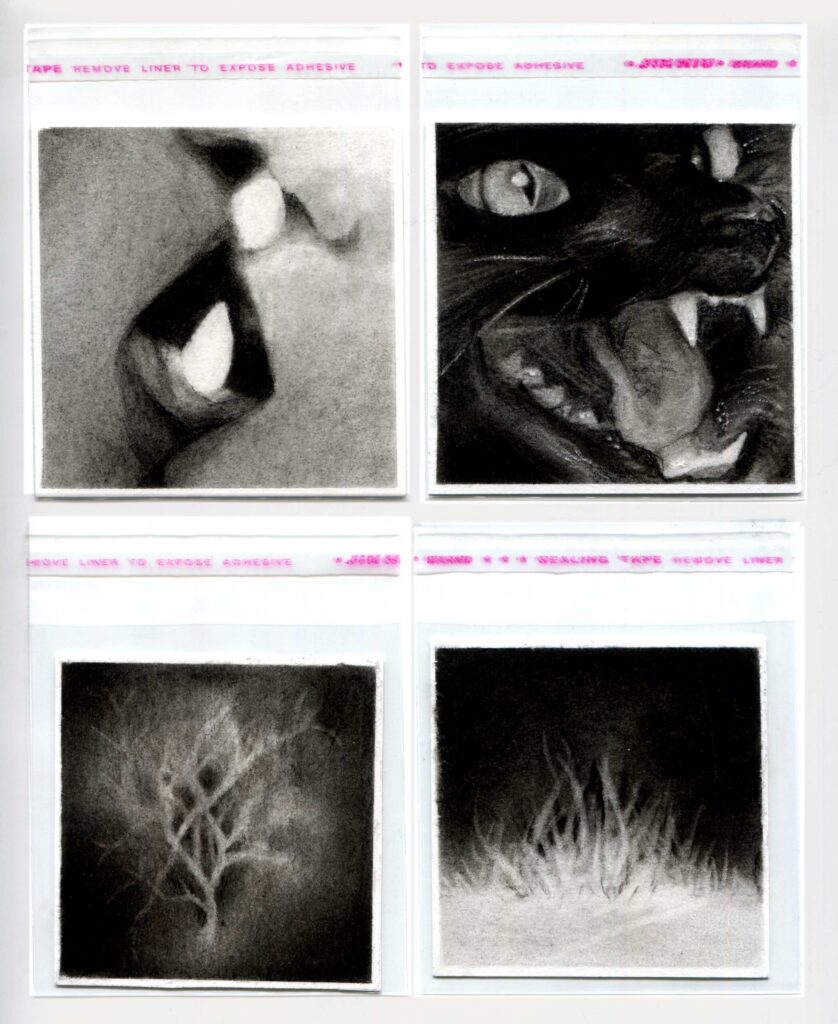
It is not only possible to draw with a pencil; Gil Gijón also makes it with dust and lint on a wooden frame or on felt; With these materials he also composes small sculptures. The making of it requires time and patience, but literally these pieces are made from memory, from the accumulation of days and skin and they refer to our remains that no one wants. As for Manuela Jiménez Tabares, the youngest of the artists present, born in 2000, she works with pen and stick paint on paper and her lines are vibrant; The curator links them to music and the sign language of the staves.
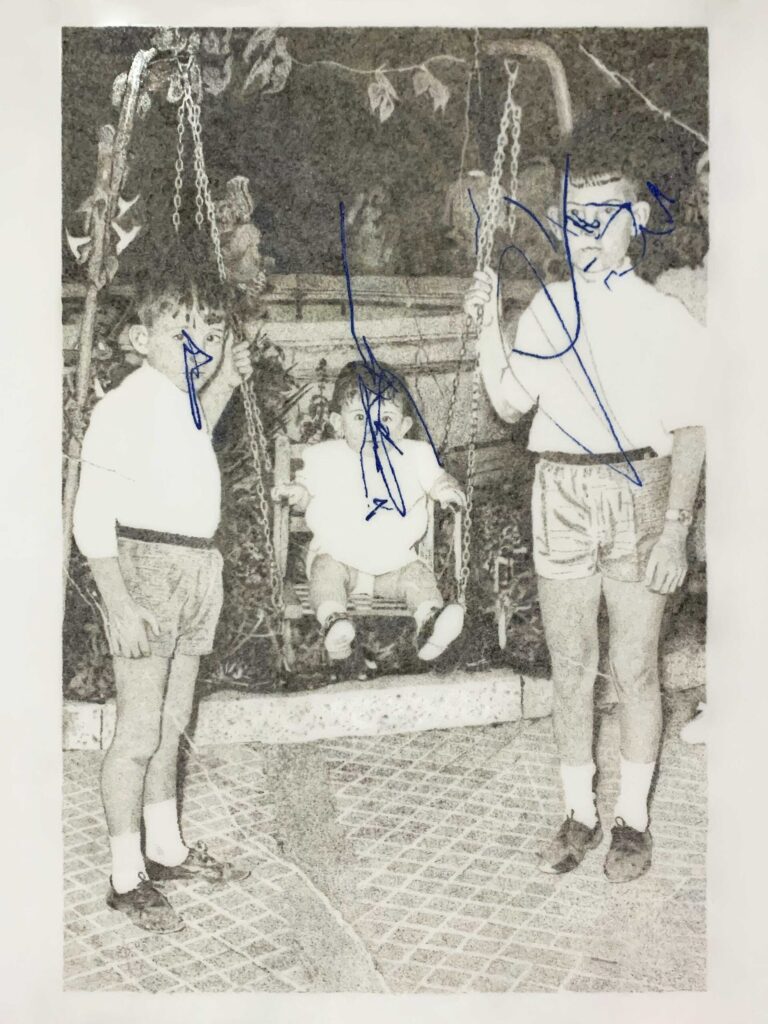
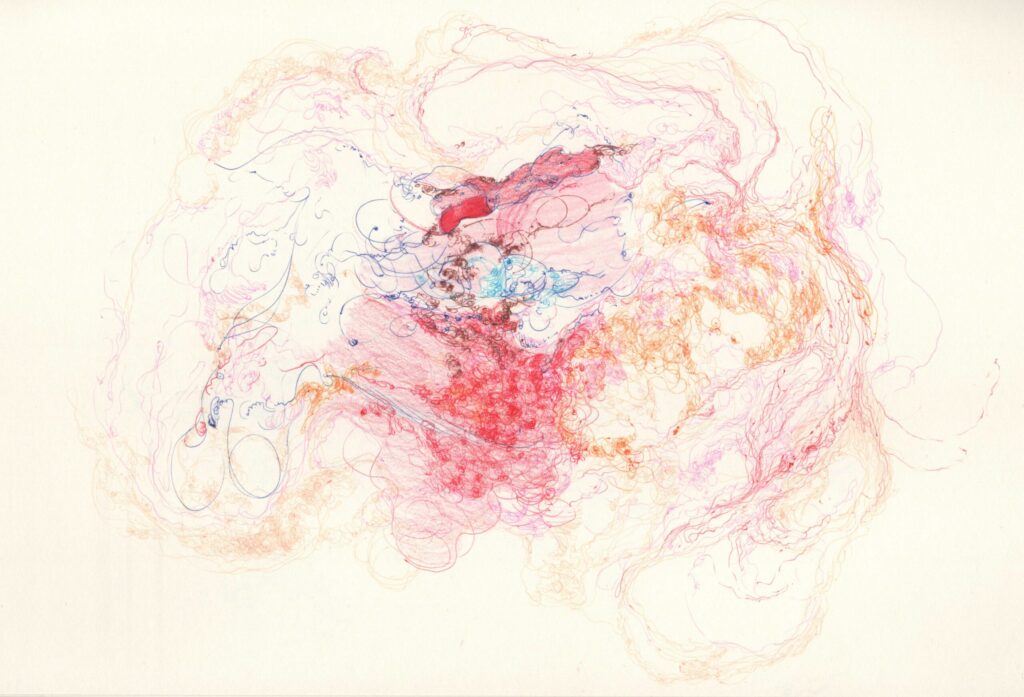
Silvia Lermo's pieces are allegorical: they represent collective scenes, interpersonal communication or with divinity, rituals in which animals also have a place, without any sacrifice involved, and which are led by women. And wood and memories nourish Jan Matthews' drawings, both conceived as deposits and glimpses of the past.
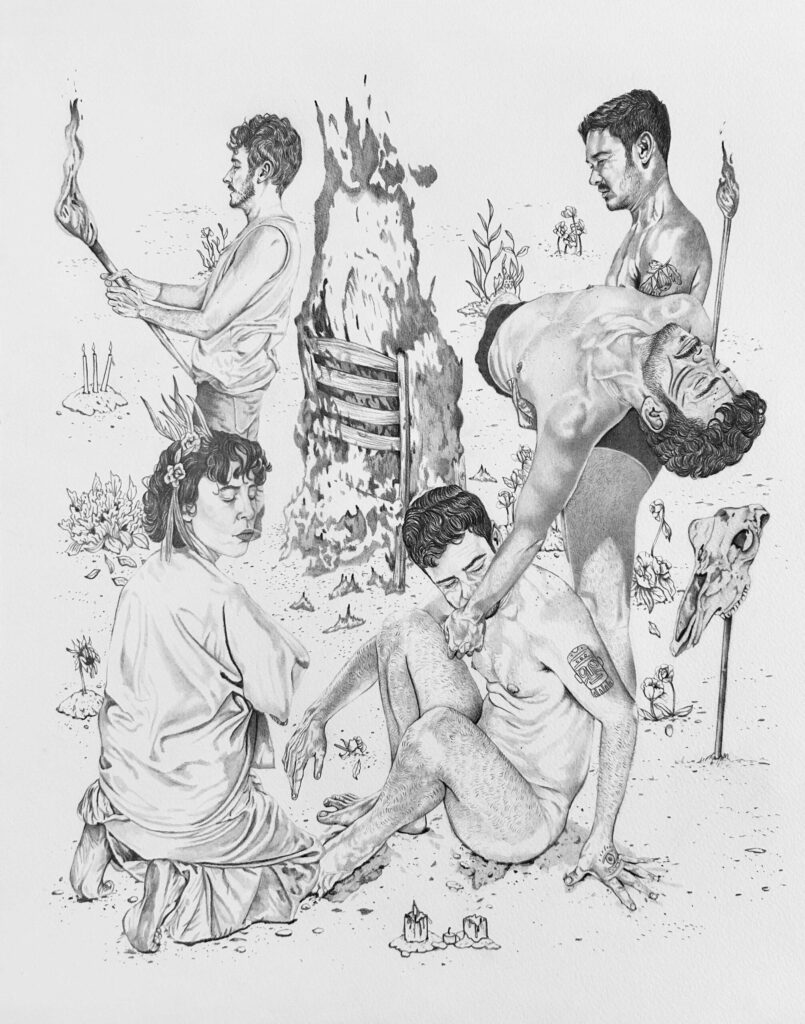
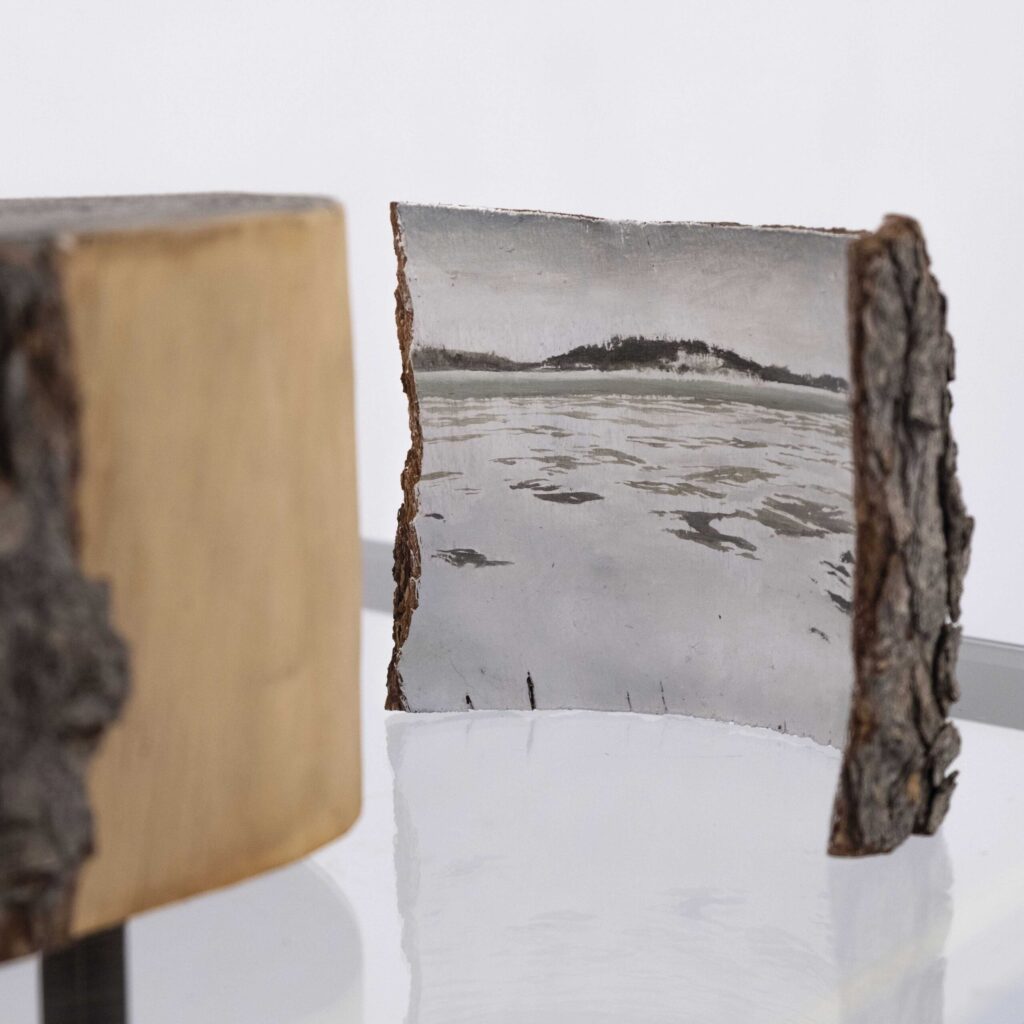
Pepa Mora's papers, for their part, draw from her research on outsider women artists who often drew objects, plants, collected or collected little things. She recreates chants, exorcisms or grottoes with a subtle blue pencil, according to signs, sometimes barely visible, that make up, for Martín Bermejo, a writing without translation. Guillermo Peñalver's images, born from both lines and cuts, are nevertheless precious, intricate and exact. In his poetics the mechanical and the erotic coexist.
Martín Supercolores, despite the surname he wanted to adopt, works mainly in black and white, in compositions that contain metaphors, pain, eroticism and occasional touches of red, and Lucía Tello and Fabio Tranchida close this exhibition. The first seems to draw the tiny among the bushes, taking the hidden to a somewhat larger scale; the second makes sentimental portraits of fragile boys in which he expresses his love for the line.
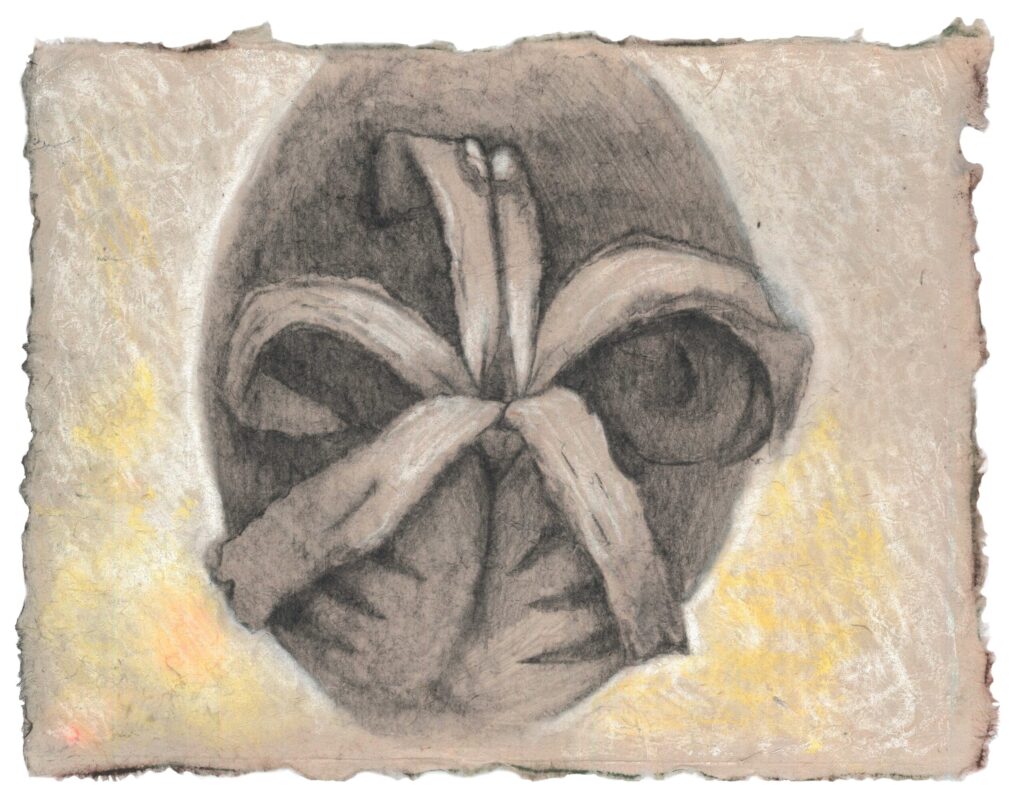
“The sustained will (A look at the new drawing in Spain)”
FERNÁNDEZ-BRASO GALLERY
C/ Villanueva, 30
Madrid
From June 1 to July 27, 2024





